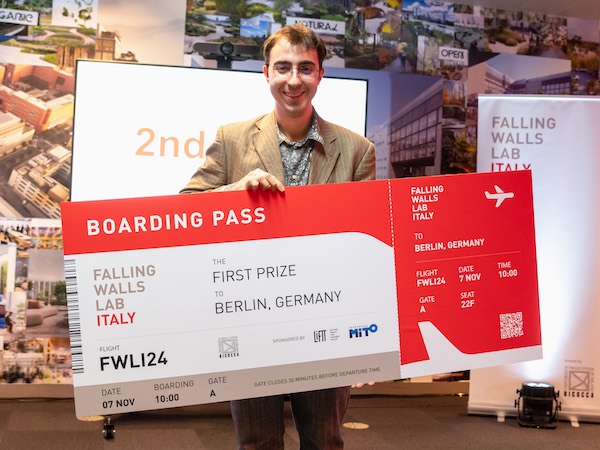In the departments at European universities where engineering and technology are taught, only one in ten professors is a woman. In 2013 the European Commission calculated that 29 in a thousand European women have a degree in Informatics and only four of them work in the sector of Information and Communication Technology (ICT). On the other hand, a greater involvement of women in technology could directly raise the continental gross domestic product (GDP) to 9 billion Euros per year.
Ca’ Foscari is directly committed to reducing this gender gap thanks to European project Horizon 2020 EQUAL-IST, that works on campuses of nine universities coordinated by Vilabs, a company from Thessaloniki specializing in support through processes of innovation.
According to many studies available on this topic, structural changes in these institutions need to be made to balance out the presence of women and men in the research institutions in the fields of ICT and scientific-technological research. Above all, we need to establish an Equality of Gender Plan, a document that describes the necessary measures that need to be carried out.
The EQUAL-IST project will carry out this plan in one university in each of the following seven countries: Germany, Liechtenstein, Finland, Lithuania, Italy (Modena and Reggio Emilia), Portugal and Ukraine. The work will directly involve the community of the seven universities through the CrowdEquality crowd sourcing platform.
Meanwhile, Ca’ Foscari researchers have provided an overview of the current situation, organizing 19 interviews in various institutions and collecting, in a report, good practices to ‘export’ and, more importantly, the opinions of the stakeholders involved on the real efficacy of the adopted measures.
Among the most widespread measures, there are targets for a balanced presence of gender, formally adopted by the universities and applied to government organisms of the universities or to selections of a body of scholars. At the University of Lausanne (Switzerland), for example, an internal regulation specifies for a minimum quota of 40% for each gender among new professors, a quota that has not been reached in the first three years in which it has been put into place, but has helped to raise the percentage of new female professors to 30%. At the Dortmund Technical University (Germany), the Rector is negotiating the objectives of gender equality with the departments, in a federal and state regulatory framework that promotes these types of measures.
“We have verified how the efficacy of measures of a single institute greatly depends on the regulatory context, and on the incentives present in the region or country “ – explains Agostino Cortesi, professor of Software Engineering at Ca’ Foscari and the coordinator for the Ca’ Foscari group in this project. “The best results come from places where the plans are linked to adequate financing and incentives, and are equipped with staff that can follow and monitor the activity”.
“Among the most interesting measures is the support given to the relocation of the partner in research staff selected for hiring abroad, facilities for nursery schools, balance between life and work, the inclusion of a “gender approach” in research and education, across the different disciplines, and institutional communication taking gender into account” added Maria Sangiuliano, researcher specializing in gender studies and educational sciences.
The success of the measures is often linked with the heads of institutes, but the scholars affirm that their sustainability and continuance over time depend on global awareness. For this, the project proposes to develop plans that will see the contribution of all the academic community. An innovative approach “from below” on which the international research team intends to establish the impact of the study, that will end in 2019.











